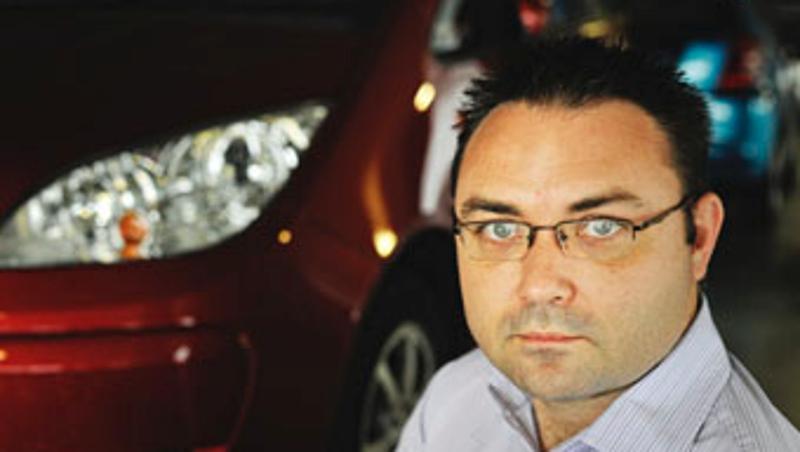
Nodding off at the wheel could be easier than you think. All participants in a QUT study showed extreme levels of sleepiness 40 minutes into a simulated driving test after waking early that day.
And a few participants continued to drive for more than 10 minutes after they fell asleep for a few seconds, a condition called 'microsleep'.
Researchers from the Centre for Accident Research and Road Safety - Qld (CARRS-Q) at QUT found even a small reduction in sleep affected their driving ability.
Lead investigator and PhD researcher Chris Watling said 26 study participants were asked to wake at 5am and take part in a driving simulation test in the morning or afternoon.
Participants were asked to "stop when you think you would be too sleepy to drive safely on the road" to test if people were able to accurately identify when they were too tired to drive safely.
"Most of the participants decided to stop driving and take a break after about 40 minutes and most of them were able to take a nap afterwards," Mr Watling said.
"It was only a moderate sleep restriction but they had some really high levels of sleepiness after approximately five to six hours of sleep.
"The finding suggests that drivers can experience very significant levels of sleepiness within the commonly promoted 'stop and revive' recommendation of driving two hours before a break."
Mr Watling said all participants rated their level of sleepiness as an eight on the Karolinksa sleepiness scale of one to nine.
"The risk of crashing is 15 times more likely when you get to that level of sleepiness," he said.
Brain activity data from electrodes showed that three participants experienced brief sleep episodes such as microsleeps and head nodding but continued to drive for more than 10 minutes.
"Participants who had microsleeps reported they fought to stay awake to complete the driving task," Mr Watling said.
"This suggests they knew they were extremely tired but pushed on to be awake for a further 12 minutes.
"On the road this is interesting because people may know they are too sleepy to drive safely but they are pushing themselves to stay awake. That's when we can get into difficulty with driving."
Mr Watling will present the paper Too sleepy to drive: self-perception and regulation of driving when sleepy, at the Australasian Sleep Conference in Darwin, which runs from today until Saturday.
He said people should try to get the proper amount of sleep before driving or pull over for a 15 to 20 minute nap when tired.
"Sometimes we can't get the proper amount of sleep because we have children or because of work commitments but we have to be aware of the knock-on effect of that," he said.
"The most important thing is if you notice signs of sleepiness you should stop straight away. Trying to push through is not a good idea.
"Pulling off road and getting out of the car removes you and other drivers from danger immediately."
RELATED ARTICLES:
Quick kip could save your life on roads this Easter
Study focuses on new mums' injury risk on road and at home
Media contact: Stephanie Harrington, QUT media officer, 3138 1150, stephanie.harrington@qut.edu.au




